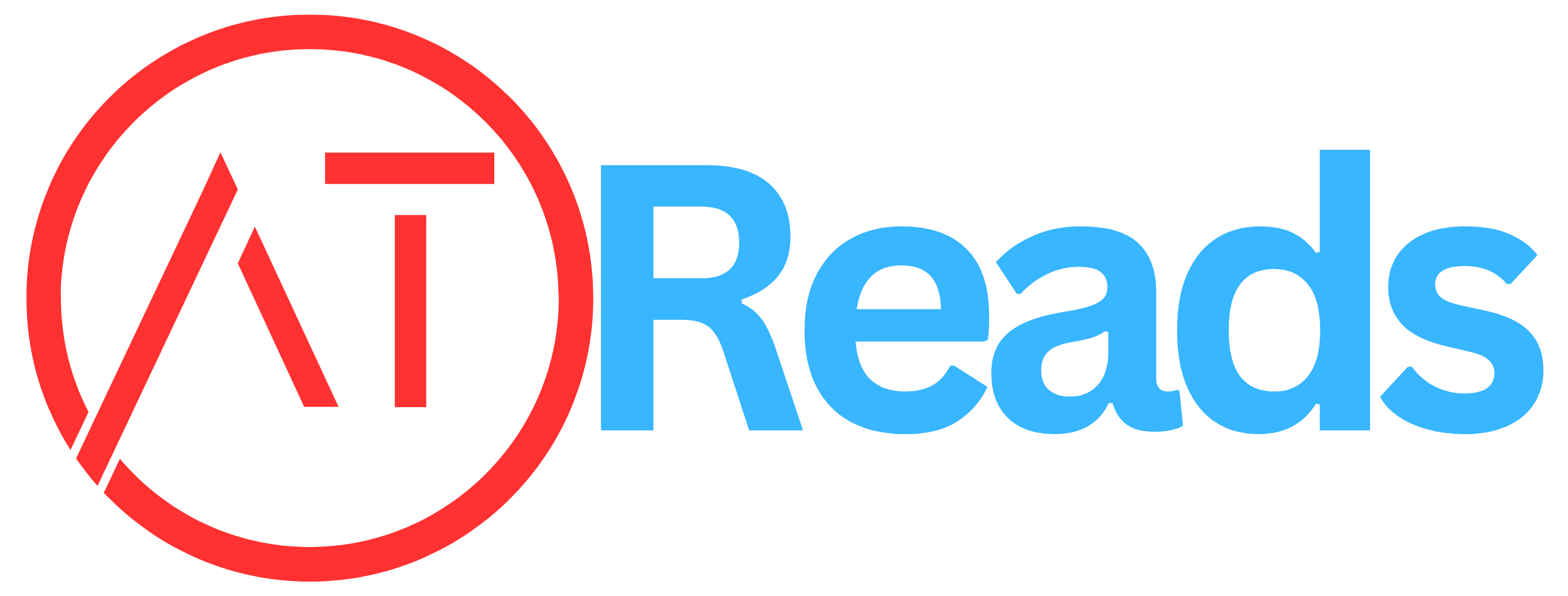Creative Writing Social Media.

A New Frontier for Writers
The world of creative writing has found a vibrant home on social media. These platforms offer writers a chance to showcase their work, connect with like-minded individuals, and even collaborate with publishers and readers.
Whether you’re a seasoned author or just starting your writing journey, the right social media platform can provide the inspiration and audience you need.
We explore the best platforms for creative writers, with a special focus on ATReads—a unique social media platform dedicated to bookworms and writers alike.
Why Social Media is Essential for Creative Writers
Social media is more than just a tool for sharing updates; it’s a dynamic space where writers can:
-
Build an Audience: Reach readers and establish a loyal fan base.
-
Gain Feedback: Share drafts and receive constructive criticism.
-
Network: Connect with other writers, editors, and publishers.
-
Find Inspiration: Discover new ideas through trends and challenges.
1. ATReads: A Haven for Creative Writers
ATReads, founded in 2019 by educational entrepreneur Rajib Paul, is a social media platform designed specifically for book lovers, writers, and lifelong learners. What makes ATReads a standout choice for creative writers is its niche focus on fostering a community around books and writing.
Features Tailored for Writers:
-
Share Your Story: Writers can publish short stories, poems, or excerpts directly on the platform, receiving feedback from a supportive community.
-
Writing Challenges: ATReads hosts regular contests and prompts to spark creativity and push boundaries.
-
Networking Opportunities: Writers can connect with readers, fellow authors, and even publishers to explore collaborations.
-
Resource Sharing: Access to articles, workshops, and guides on improving writing skills.
-
Engage Actively: Participate in writing challenges and discussions.
-
Create a Compelling Profile: Share your background, writing journey, and goals.
-
Leverage Feedback: Use community insights to refine your work.
-
Collaborate: Join or create writing groups to brainstorm ideas and share drafts.
2. Instagram: Visual Creativity Meets Writing
Instagram is known for its emphasis on visual content, but it has also become a thriving space for writers. The #WritingCommunity and #PoetryGram hashtags are popular hubs for sharing creative work.
Advantages for Writers:
-
Visual Appeal: Share aesthetically designed quotes, snippets, or covers.
-
Engagement: Use Stories and Reels to share writing tips, challenges, or a day in the life of a writer.
-
Community: Build connections through interactive posts and live sessions.
Tips:
-
Create visually appealing posts with tools like Canva.
-
Use hashtags like #CreativeWriting and #WritersOfInstagram.
-
Collaborate with artists to add visuals to your stories or poems.
3. Twitter: Brevity and Wit for Writers
Twitter’s character limit challenges writers to craft concise and impactful messages, making it an ideal platform for sharing flash fiction, poetry, or writing tips.
Benefits for Creative Writers:
-
Networking: Join conversations using hashtags like #WritingCommunity and #AmWriting.
-
Instant Feedback: Share ideas or snippets and gauge reactions quickly.
-
Engagement: Participate in writing sprints, prompts, and themed discussions.
Tips for Writers:
-
Post regularly to stay visible.
-
Interact with other writers to build relationships.
-
Use polls or questions to engage your audience.
4. Facebook: Groups and Communities
Facebook remains a stronghold for writers, thanks to its extensive group features. Writers can join genre-specific communities, participate in events, and promote their work.
Why Facebook Works:
-
Groups: Engage with writing groups focused on your interests.
-
Events: Host virtual book launches, webinars, or Q&A sessions.
-
Promotions: Use targeted ads to reach readers.
Tips:
-
Join active and engaged groups.
-
Share value-driven posts, like writing tips or book recommendations.
-
Engage with comments and questions to build rapport.
5. TikTok: Storytelling for the New Generation
TikTok’s #BookTok community has already transformed the book industry, and it’s gaining traction among creative writers. The platform’s emphasis on short, engaging videos makes it a unique way to share stories and writing experiences.
Advantages:
-
Creative Content: Showcase your writing process or narrate short stories.
-
Viral Trends: Participate in trends that align with your themes.
-
Youthful Audience: Ideal for connecting with younger readers and writers.
Tips for Writers:
-
Create behind-the-scenes videos of your writing process.
-
Use trending audio and hashtags like #WritersOfTikTok.
-
Collaborate with other creators to expand your reach.
6. LinkedIn: Professional Connections
LinkedIn may not seem like an obvious choice for creative writing, but it’s an excellent platform for writers focusing on business, education, or self-improvement genres.
Why LinkedIn?
-
Professional Audience: Share insights or expertise related to your writing.
-
Thought Leadership: Publish articles or posts that highlight your unique perspective.
-
Networking: Connect with editors, publishers, and industry professionals.
Tips:
-
Write articles related to the themes of your work.
-
Share milestones, such as completing a manuscript or winning an award.
-
Join writing or publishing-related groups.
7. Wattpad: A Writer’s Playground
Wattpad is a platform dedicated entirely to writers and readers, making it a fantastic place to share your creative work and build an audience.
Features:
-
Story Sharing: Post full stories or serialized content.
-
Reader Engagement: Receive comments and votes on your chapters.
-
Discoverability: Use tags to help readers find your work.
Tips:
-
Update regularly to keep readers engaged.
-
Interact with your audience through comments and messages.
-
Join contests or themed challenges.
Conclusion
Social media has opened up a world of opportunities for creative writers to share their work, find their audience, and grow as artists. Platforms like Instagram, Twitter, and TikTok provide dynamic spaces for engagement, while ATReads offers a specialized community for bookworms and writers. By leveraging the unique features of these platforms, writers can connect with readers, gain inspiration, and bring their creative visions to life.


- Book Reviews & Literary Discussions
- Writing
- Reading List
- Arts and Entertainment
- Personal Development
- Storytelling
- Startup
- Books
- Biography
- Dance
- Drinks
- Entertainment & Pop Culture
- Health & Fitness
- Education & Learning
- Food & Cooking
- Games
- Gardening
- Self-Care & Mental Health
- Home Decor & DIY
- Literature
- Music
- Networking
- Other
- Party
- Philosophy and Religion
- Place
- Shopping
- Relationships & Dating
- Sports
- Theater
- lifestyles & hobbies/shutterbugs
- Lifelong Learning
- Tutorial
- Announcement
- Inspirational Stories & Motivation


